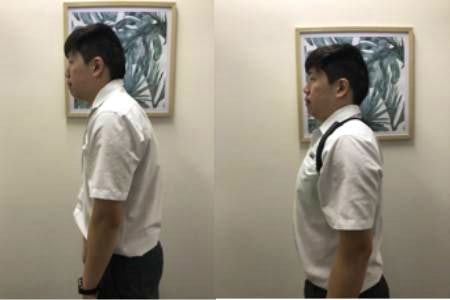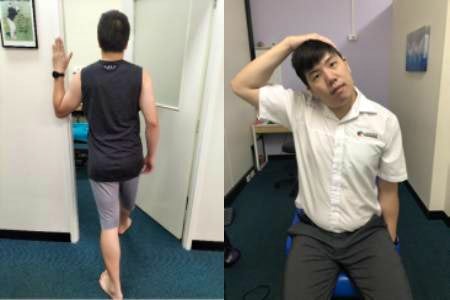
Do Posture Braces Really Work?
What Are Posture Braces?
Several studies have assessed the link between “optimal” posture and better health outcomes and found that postural re-education may play a role in the management of spinal pain for some patients. [1]
Posture braces may help in correcting poor posture by aiming to stretch tight muscles, assist in strengthening weaker postural muscles and serve as a reminder to maintain upright posture. There are several types of posture braces with varying degrees of support. Our chiropractors at Lakeside Chiropractic can discuss with you different bracing options and how to wear them if you decide that posture bracing is for you.
How Do They Work?
A common misconception about posture braces is that they force you into correct posture. If a brace were to hold you into a straightened position, none of your muscles would be actively working to maintain that position and you are likely to fall right back into poor posture as soon as the brace is off. Primarily, posture braces provide feedback and enable self-correction of poor posture by reminding you to adopt the right position. This turns on weakened back muscles and builds endurance and self-awareness of your posture to prevent adopting poor positions. They should not be relied on for long term use, and should be considered as the starting point for improving your posture.
When to Consider a Posture Brace
If you have back pain, always consult with a medical professional who should conduct a thorough assessment before confirming that your spinal pain is in fact related to your posture. If poor posture is the likely cause, it is a good idea to note when you experience the back pain and if it is associated with specific activities such as sport, gardening, carrying your children, working, etc. If any of these activities are physically repetitive, it may result in less than optimal posture. An example of this includes desk jobs which require prolonged periods of sitting or standing. If your postural muscles lack endurance it may cause strain on other parts of the body that are not used to taking the load of sitting or standing for an extended amount of time, which can lead to spinal pain which is usually worse towards the end of the day.
You may also consider a posture brace if you are experiencing acute shoulder pain caused by specific shoulder injuries including bursitis. This can help to increase the space where the inflamed bursae sits, providing temporary relief until inflammation of the bursae subsides.

Using a Posture Brace
It is important to remember that the ultimate goal of posture bracing is to build up strength and endurance of your postural muscles so that you can move during the day pain-free without your brace on. If you decide to use a posture brace, you should consider the following:
- Only use your posture brace intermittently throughout the day
Aim to use your posture brace only during aggravating activities. If the aggravating activity is work, then choose 2-3 times a day to wear the brace for short periods of time. - Complete daily exercises to help increase strength and endurance of you postural muscles
You can work with your chiropractor to identify areas of weakness and aim to strengthen the muscles in the area with specific exercises. People undergoing endurance training are often encouraged to complete 3-4 sets of 15+ reps, 3-4 times a week. - Stretch tight muscles which may be contributing to poor posture
Often poor posture is the result of a muscle imbalance where weak muscles are opposed by very tight muscles. Stretching these muscles is a very important part of achieving and maintaining good posture.
Pec Stretch – Hold both sides for 1 minute.
Repeat 2-3x daily.
Repeat 2-3x daily.

At Lakeside Chiropractic, our chiropractors thoroughly assess the likely cause of your spinal pain, and if attributed to poor posture, can recommend a posture brace, give advice about exercises and stretches which may assist and provide treatment to help you improve and maintain optimal posture. For further enquiries or to book an appointment you can visit our website online at www.lakesidechiro.com.au or give us a call on 9300 0095.
References
1. Korakakis V, O'Sullivan K, O'Sullivan PB, Evagelinou V, Sotiralis Y, Sideris A, Sakellariou K, Karanasios S, Giakas G. Physiotherapist perceptions of optimal sitting and standing posture. Musculoskelet Sci Pract. 2019 Feb;39:24-31. doi: 10.1016/j.msksp.2018.11.004. Epub 2018 Nov 17. PMID: 30469124.
Schedule an Appointment


